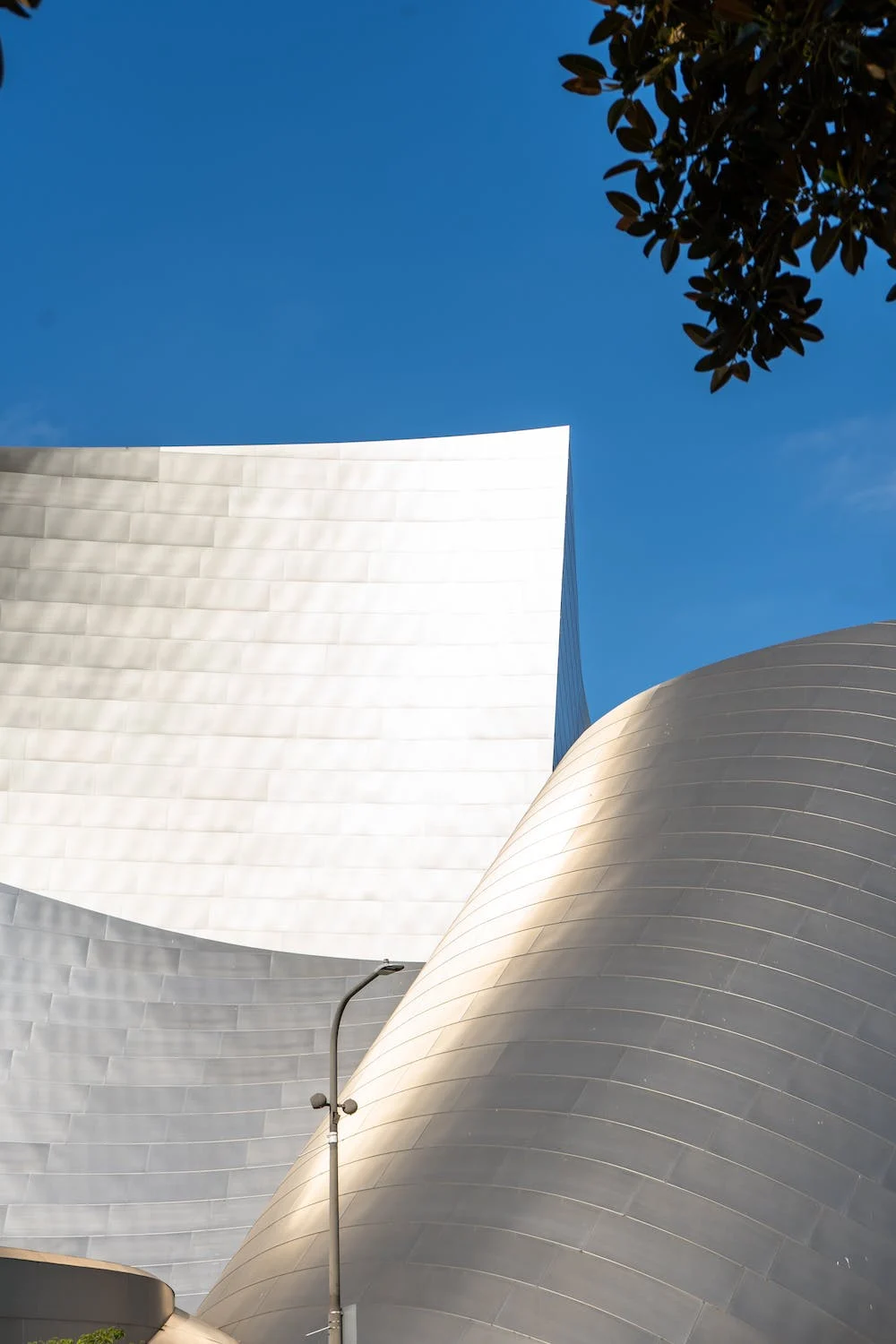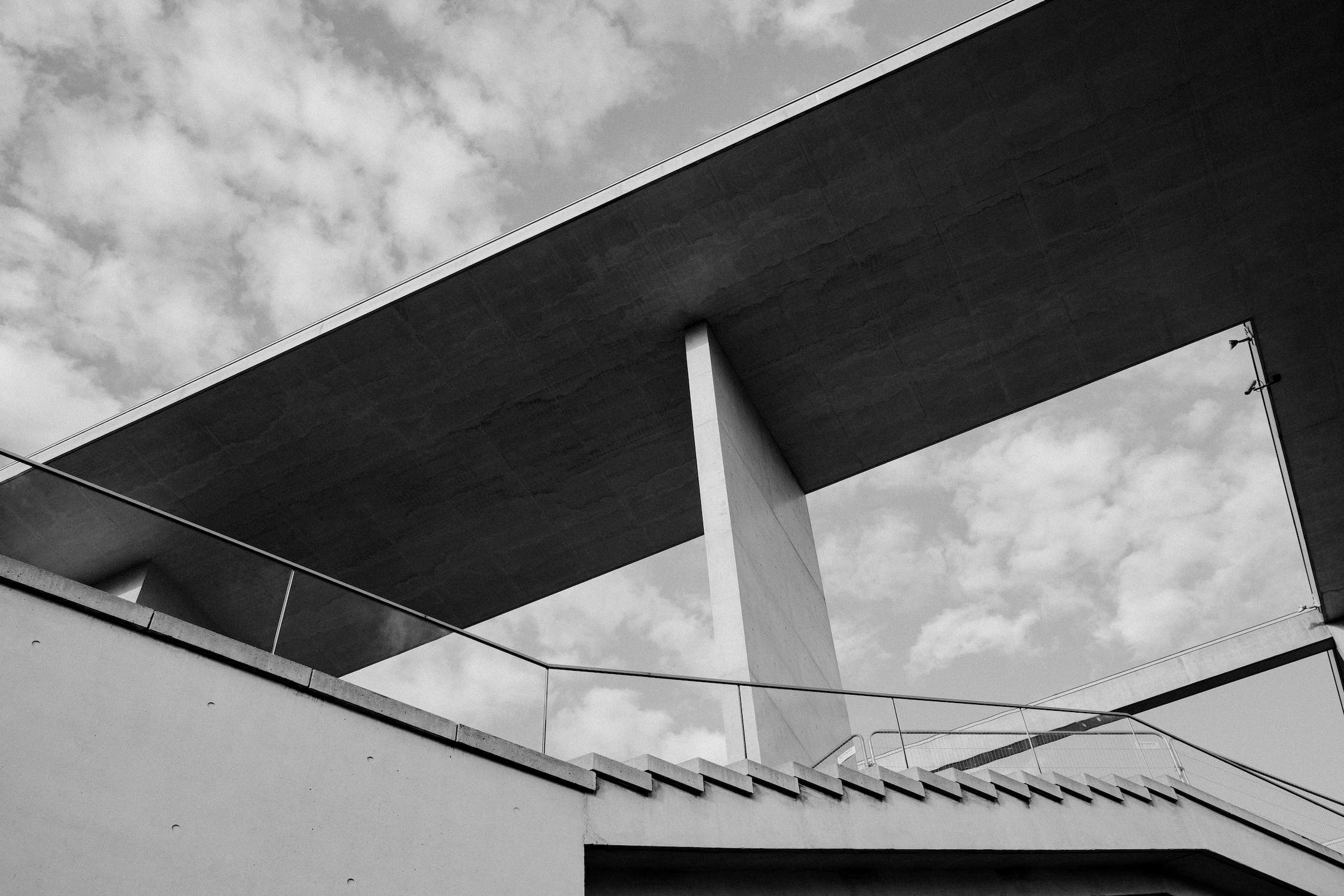Renovating a home is akin to embarking on a journey of discovery and transformation. It’s a process filled with decisions, from the grand scale of architectural design down to the minutiae of decorative details. Just when you think the checklist is complete, another item emerges, proving that the devil truly is in the details. For us, that final detail was finding the perfect house numbers to complement our architecturally designed mid-century home.
The Importance of the Right House Number
House numbers and house number signs might seem like a small detail, but they play a significant role in a home’s identity. They are the first impression visitors have, blending functionality with aesthetic appeal. For a home steeped in the mid-century modern ethos, standard numbers simply wouldn’t do. We needed something that echoed the architectural beauty and bespoke charm of our dwelling. This was not merely a quest for functionality but for a piece that would serve as a testament to the home’s character and our journey in renovating it.
The Challenge: Finding the Perfect Match
Our local hardware store, while convenient for many a DIY project, fell short of our expectations for this particular endeavour. The range was limited, and the quality was lacking, especially for a home that had received so much attention to detail.
Our criteria were specific:
- Australian Made: Supporting local craftsmanship was important to us.
- High-Quality Aluminium: Durability and aesthetics were key.
- Floating Mount: For that sleek, modern look.
- Larger Size: We wanted our numbers to be visible and make a statement, requiring sizes like 300mm or 400mm in height.
Discovering Peninsula House Numbers
After extensive research, we stumbled upon a gem: a small business called Peninsula House Numbers. Located on the scenic Mornington Peninsula, an hour’s drive south from Melbourne, this business offered exactly what we were looking for. Their custom-made products meant we could specify size, font, and finish, ensuring our house numbers would be perfectly tailored to our home’s style.
Choosing the Elwood font was a nod to our home’s mid-century aesthetics, striking the right balance between modernity and timelessness. We didn’t just stop at the numbers; we also opted for our street name in slightly smaller lettering, ensuring a cohesive look.
The Installation Process
The anticipation of receiving our custom numbers was met with a mix of excitement and a bit of anxiety about the installation. We consider ourselves fairly handy, but the pressure of mounting something so integral to our home’s first impression was daunting. Thankfully, Peninsula House Numbers sent our order within two weeks, complete with detailed instructions, a precise drilling template, and the necessary rods and spacers.
Our trip to Bunnings for some epoxy adhesive was the final step in preparation. The installation process turned out to be a breeze, largely thanks to the clear instructions and our meticulous preparation. Standing back and seeing the numbers and street name affixed to our home was a proud moment. They were not just numbers; they were a declaration of the care, style, and love we poured into our home.
Reflections and Recommendations
Our journey to find the perfect house numbers was a testament to the importance of details in home design. Peninsula House Numbers provided not just a product but a crucial piece of our home’s aesthetic puzzle. For those looking to add a similar touch of bespoke elegance to their homes, exploring custom options can make all the difference. The satisfaction of installing these numbers ourselves added a personal touch to the renovation, making our home truly ours. For anyone on a similar quest for the perfect house numbers, we wholeheartedly recommend checking out the Peninsula House Numbers website. Their service and quality speak volumes, and their products are a testament to the beauty of bespoke craftsmanship.







